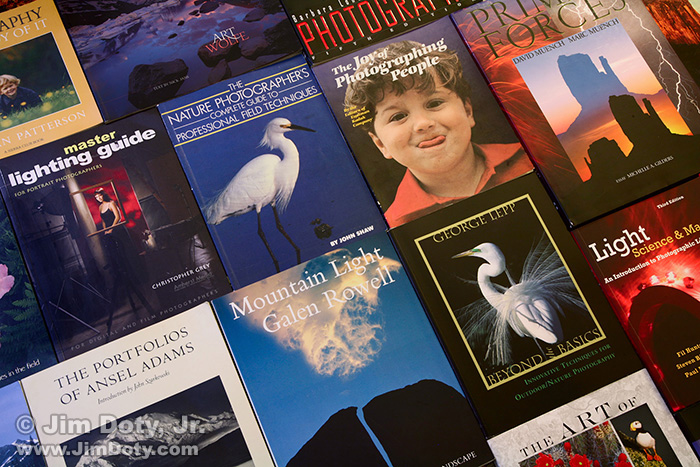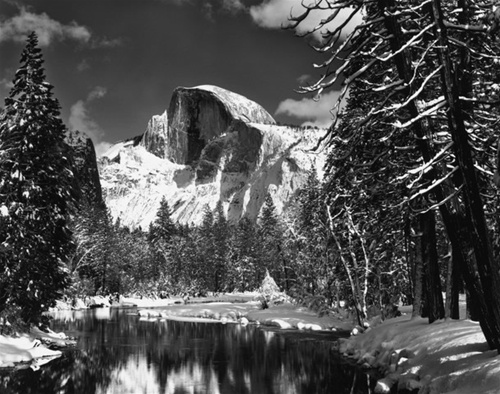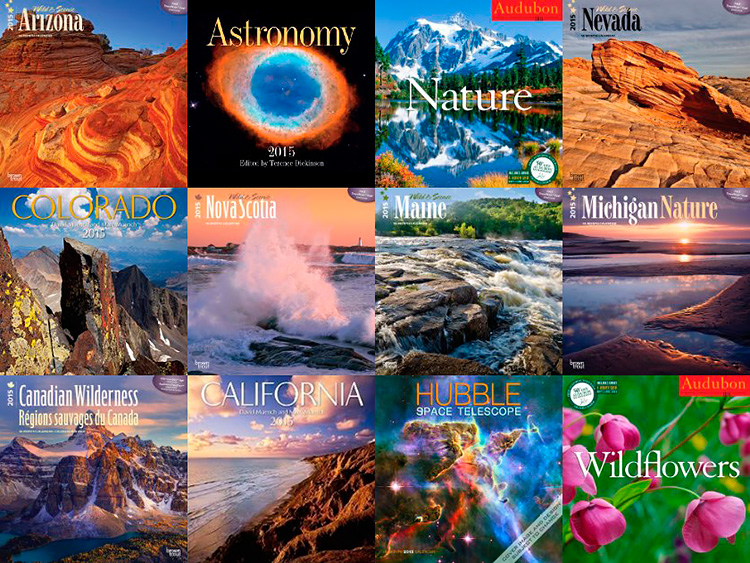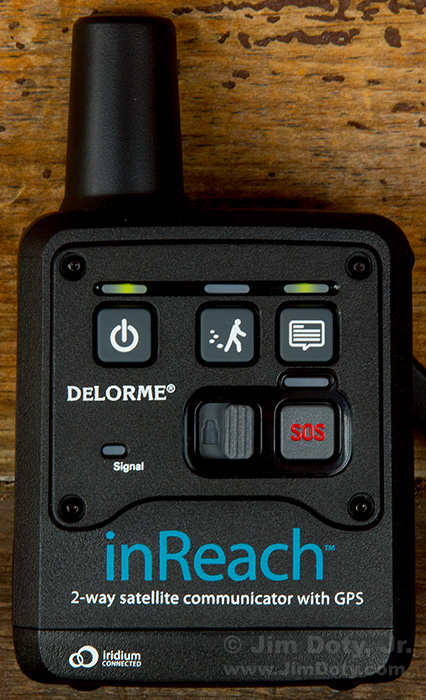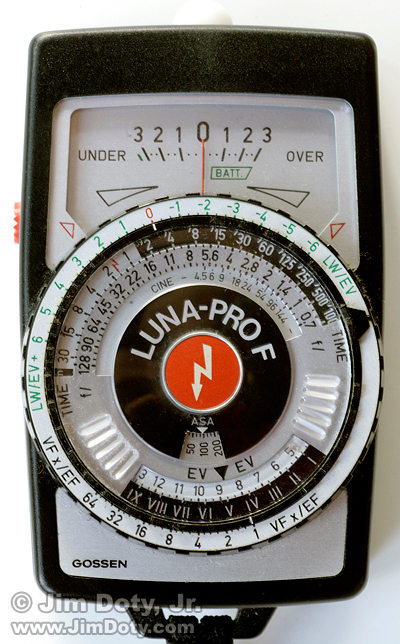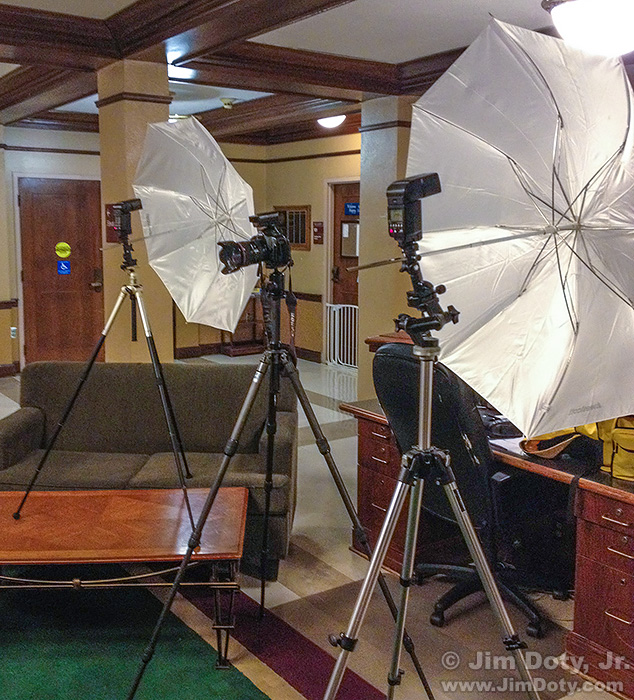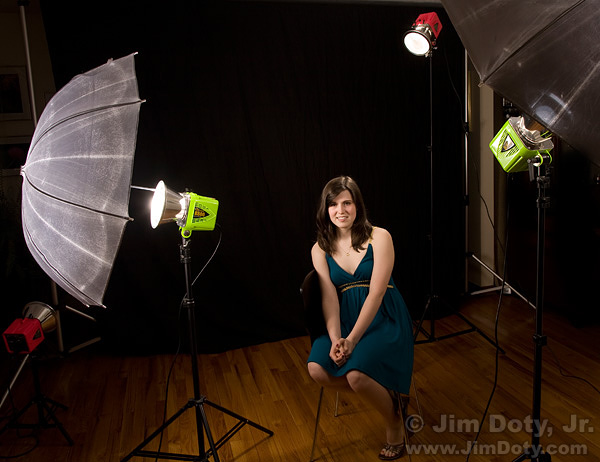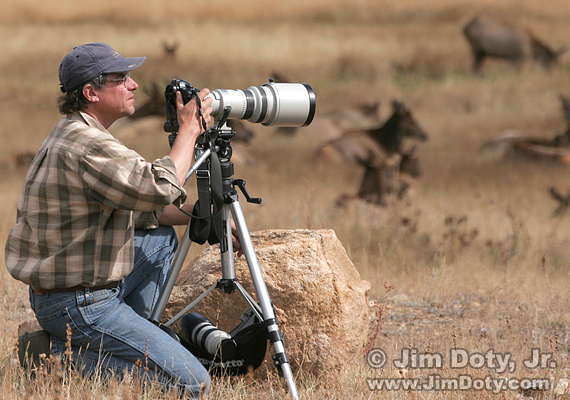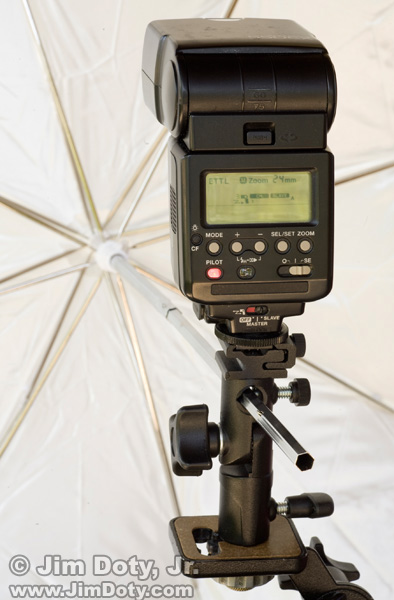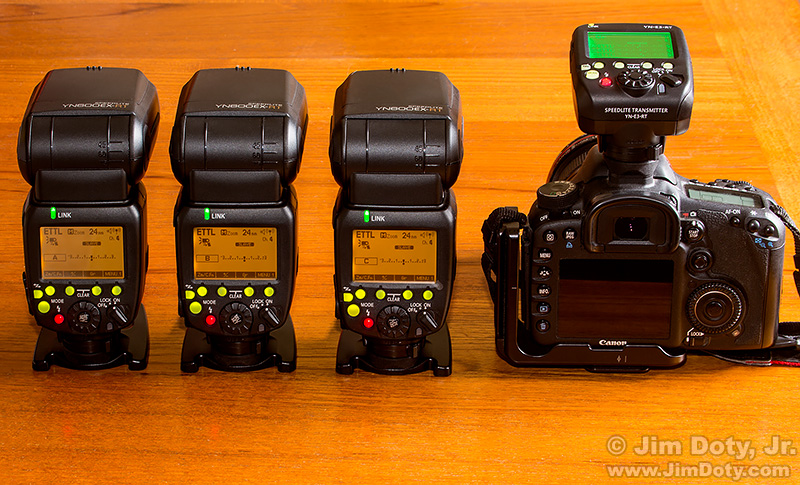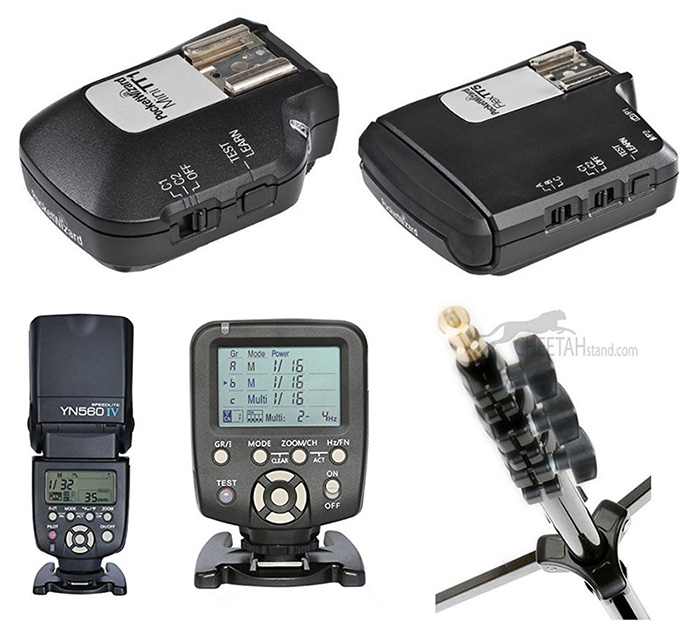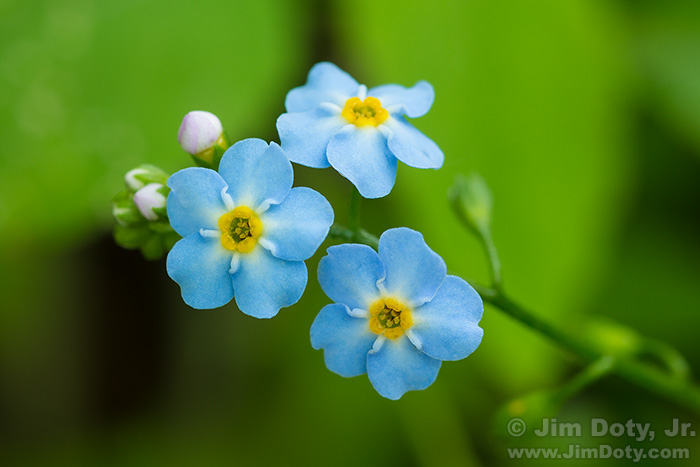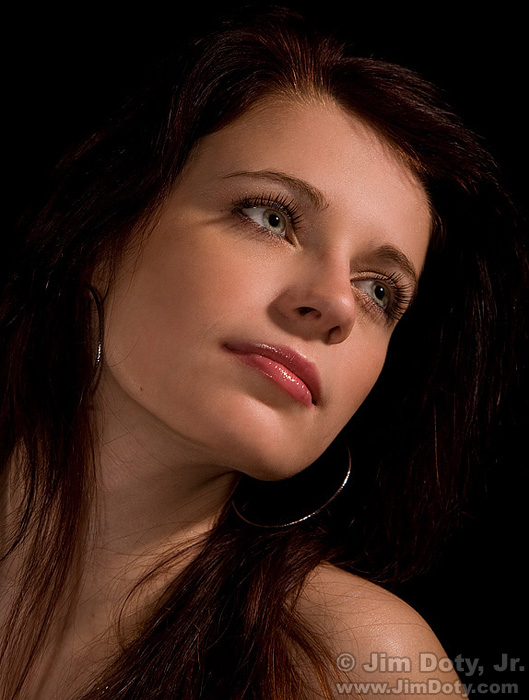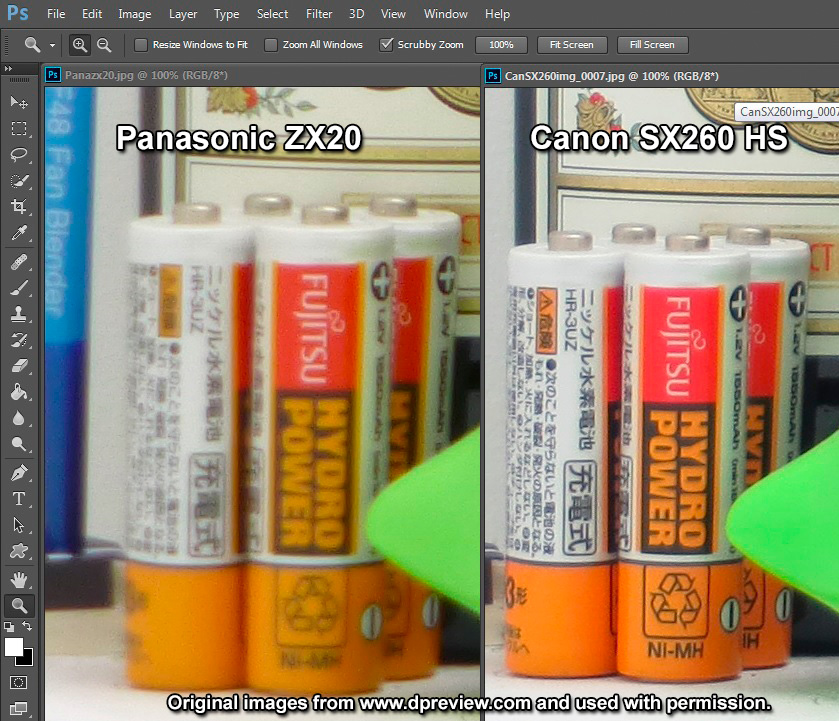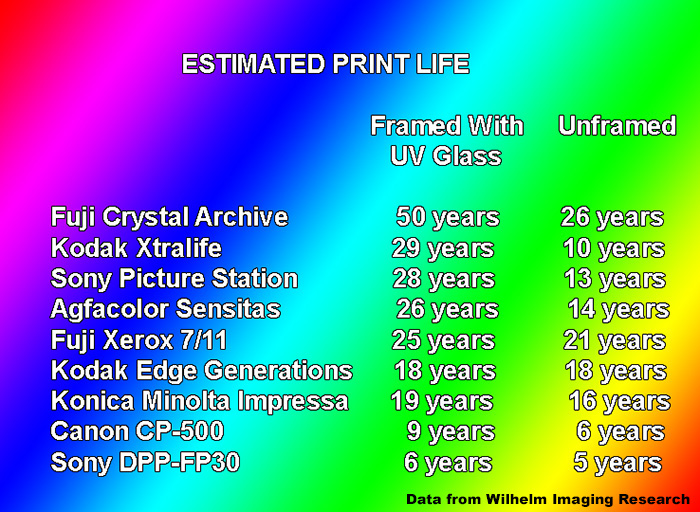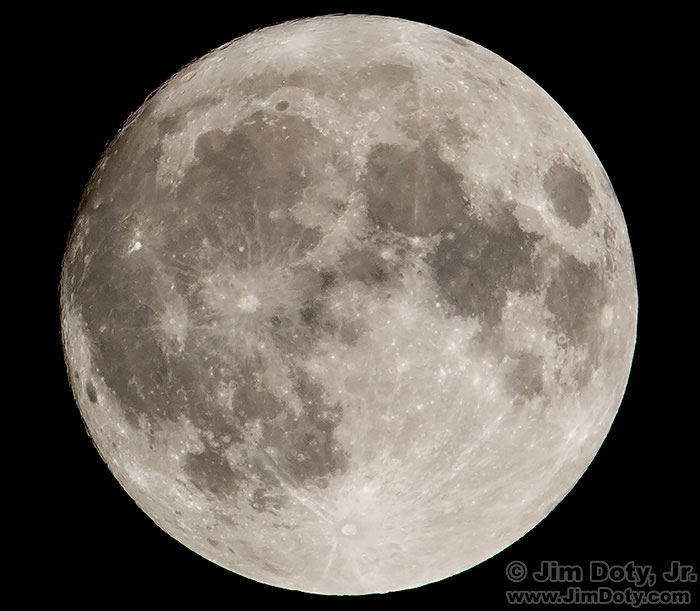Many photographers would say Light: Science and Magic is THE best book on photographic lighting – and I agree with them. If you intend to be seriously involved in photography, this book should be on your required reading list.
Some of the Best All Purpose Photography Books
This is a list of books that were the most helpful to me when I took a serious interest in photography, and I continue to refer to them. These books were written back when film was king, but that makes them all the more valuable to today’s digital photographers. Some digital photography books get so lost in technical information that the heart and soul of photography can get lost. The best film photography books are about light and shadow, subjects, form, texture, line and shape – all of which applies to digital photography.
Books and Calendars from the Master: Ansel Adams
I have no idea when I was first entranced by the photos of Ansel Adams. There is a wonderful, luminous quality to his work. Small wonder he is America’s best known landscape photographer. Collections of his work would make a worthy addition to any photographer’s library. This is also the time of year that Ansel Adams calendars pop up like snowstorms.
Beautiful 2017 Calendars
As I write this article there are five calendars hanging on the walls of my office. They provide year around photographic inspiration. Each year I choose a few calendars for my office, mixing up the locations and photographers from one year to the next. I also choose an extensive selection of beautiful landscape, nature, and astronomy calendars for my photography store (which is powered by Amazon.com) so photographers like you (and anyone else who loves beautiful images) can choose one or more calendars that will inspire you throughout the year.
The Best Image Editing Software
Your photos will look their very best if you optimize them with high quality image editing software.
Satellite Communicators: The GPS Messaging Devices That Can Save Your Life
You need help. You can barely move. You are far enough from the trail that no one can hear your voice. You have no cell phone signal. What do you do?
Every now and then you hear tragic stories about people who lose their lives simply because they didn’t have a cell phone signal and couldn’t call for help in an unexpected emergency. A $260 – $340 satellite communicator would have saved their lives.
The Best Digital Photo Storage
Don’t lose your digital photos to disc-rot or a hard drive crash. Choose the best archival storage options.
Posted Nov. 22, 2016. Updated Nov. 21, 2017.
Continue reading
Best Memory Cards For Digital Cameras
The Best Incident Light Meters
There’s no question that in some complex metering situations, an incident light meter can be quicker, faster, simpler, and more accurate than the meter in your camera. Many incident light meters can also measure light from an electronic flash, a huge bonus when you are using a flash in the manual mode.
Putting Together a “Studio in a Backpack”
If I am visiting family and friends and traveling by car, I usually bring my “studio in a backpack”. I never know when I might be asked to do some portraits and having some studio gear along helps create better images (especially when natural light is not a very good option). If you want to do portraits on the road (or even at home), these items are very useful. You can order these items from Amazon via the link at the end of this article.
Posted Nov. 22, 2016. Updated Nov. 8, 2017.
AlienBees: High Quality, Economical Studio Lights
For the best combination of quality and price, it is hard to beat AlienBees studio lights. I’ve been using AlienBees in my studio for over 10 years, and like so many other photographers, I’ve been singing their praises. It would be hard to find the same quality for less money.
Light Modifiers (Softeners) for Speedlites
Photographers are always looking for ways to soften the light when doing portraits. The light from an accessory flash can be quite harsh so there are a wide range of modifiers to soften the light for more pleasing portraits. Here are my favorites for both on-camera and off-camera flash.
Posted Nov. 22, 2016. Update Nov. 20, 2017.
Tripod Head Recommendations: Some of the Best of the Best
A good tripod head will save you lots of frustration. For still photography I recommend two types of tripod heads. If you do a little of everything you will want a quality ball head. If you only do landscape of architectural photography and you want precise separate controls in each axis of motion, you will want a 3-way head.
Tripod Recommendations: The Best of the Best
Looking for a tripod? Choose wisely. Other than a camera and a good lens, nothing can make a bigger difference in your photography than a good tripod. This is the place to find information, recommended models, and links to more information.
Inexpensive Gifts (Starting at $8) for Photographers
There are a lot of practical and inexpensive gifts for photographers. Here is a nice list of items from $8 to $130. To make them easy to track them down, most of these items can be found at my photography store (which is powered by Amazon.com with Amazon’s terrific ordering, shipping, guarantee, and service). Most of the items below are in the Photo Goodies section. Prices are current as of this update (Nov. 22, 2016) but prices do fluctuate. Some items can be temporarily unavailable.
Originally posted Nov. 24, 2015. Updated and reposted Nov. 22, 2016.
Radio Controlled Speedlites: Yongnuo YN600EX-RT vs Canon 600EX-RT
Should you spend $499 on a Canon 600EX II-RT speedlite, or $138 on Yongnuo’s nearly identical clone, the YN600EX-RT-II? And what about the radio transmitters? Canon’s is $285 and the Yongnuo copy is $95.00. So you can buy three Yongnuo speedlites plus the radio transmitter for a little more than the price of one Canon speedlite. The price advantage is clear, but what about quality, reliability, and service issues? (Prices as of November 18, 2020.)
Originally posted November 22, 2016. Updated November 18, 2020.
Some of the Best Off-Camera Flash Equipment
There are lots of advantages to getting your flash off the camera, and it is probably much less expensive than you think. If you already have a shoe mount speedlite and if your camera has a built in pop up flash a simple $35 optical slave (see below) is all you need to get your flash off the camera.
Posted Nov. 22, 2016. Updated Nov. 21, 2017.
The Best Closeup Photography Equipment
There are several ways to do closeup photography. Closeup filters, extension tubes, and macro lenses are the most commonly used options. The best gear for you depends on your preferences, how you want to work, the subjects you are after, how much stuff you want to carry, and what you want to spend. I cover your best options.
Posted Nov. 22, 2016. Updated and expanded Dec. 9, 2016.
GoPro Hero5: Amazing, Small, Inexpensive, HD Video Cameras
Looking for a small, mountable, “ideal for sports and action”, inexpensive, high definition video and still camera with a waterproof housing and image quality that Lucasfilm (the Star Wars people) calls “amazing”? This camera will go anywhere and mount just about anywhere. Prices range from $399 to $199, depending on the model (which is a lot less than your typical DSLR with HiDef video).
The Best Digital Cameras – 2016 (Including 2010 – 2015)
The holiday season is here and I am getting the usual questions about which digital cameras I recommend. The camera lists below will point you to the highest rated models. You can start with these lists and then narrow it down to a camera with the specific features you are looking for. I will help you in that regard with some information and advice on choosing a camera. The lists below will be updated throughout the holiday season as new reviews for highly rated cameras become available.
Posted Nov. 19, 1016. Updated Dec. 2, 2016.
This is one in a series of articles on The Best of the Best Photography Equipment, Software, Books, Magazines, DVDs, Online Photo Labs and More.
“How To” Series: Off-Camera Flash
Twelve articles (links below) to get you started with off-camera flash. The equipment you will need and how to use it.
Getting your flash of the camera opens up a whole new world of photographic possibilities. And the really good news: the equipment is way less expensive than it used to be. If you are ready to get started, I just finished writing (or re-writing) a series of articles on off-camera flash that covers the equipment you will need and shows you how to use it. .
Camera Choices: Using Full Size Test Images from DPReview.com
I’ve been recommending DPReview for years in my photography classes, workshops and online. It is one of the best camera review sites. One of the nice features is the ability to download full size JPEG test images of their “standard studio scene” for comparison purposes.
Great Deal? Don’t Get Burned!
Is it a great deal? Or is it a rip-off? You are searching online for a good price and you come across a terrific deal. Are you about to get burned? There are ways you can tell.
How Long Will Your Photo Lab Prints Last Without Fading?
Would you rather pay $3 – $4 for a poor quality 8×10 inch print that will fade in 18 years, 9 years or less, or would you prefer paying $2 – $3 for a very high quality 8×10 print that will last up to 50 years? People pay more money for prints with a short life expectancy all the time. Why? Because they don’t have the right information, and they may have no idea that prints have such widely different life spans.
How to Get the Best Results from the Best Online Photo Labs
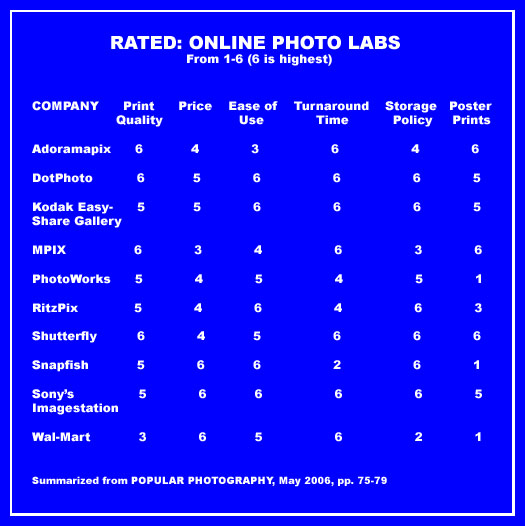
The lab you choose and the kind of file you send to your lab can make a big difference in the quality of print you get back. How do you pick a good online photo lab? How do you get the best results from your lab? What color space should you use for your digital files and how do you convert your files to the right color space? How big a print can you make from your digital files?
Buyer’s Guide: Recommendations For The Best Photography Equipment, Software, Books, Magazines, DVDs, Online Photo Labs and More
I get lots of photo questions and many of them begin with “What is the best . . . .” They usually come from photographers or someone shopping for a photographer.
Here is my list of “best of the best” of articles recommending the best photo gear, software, books, DVDs, calendars, online photo labs, and a whole lot more.
Posted Nov. 19, 2016. Updated Dec. 28, 2016.
Canon vs Nikon in a Hydraulic Press
What fun! Squashing Canon and Nikon cameras in a hydraulic press. And then a lens for good measure. I must say the lens was the most impressive.
SkyReplace from Adobe
Watch the video. Automatic sky replacement with a single click. This is impressive.
How to Photograph the Super Moon
November 13-14, 2016 is a Super Moon. For many people this is the biggest super moon in their lifetime. Go out and look Sunday night, early Monday morning (before moonset), or Monday night.


